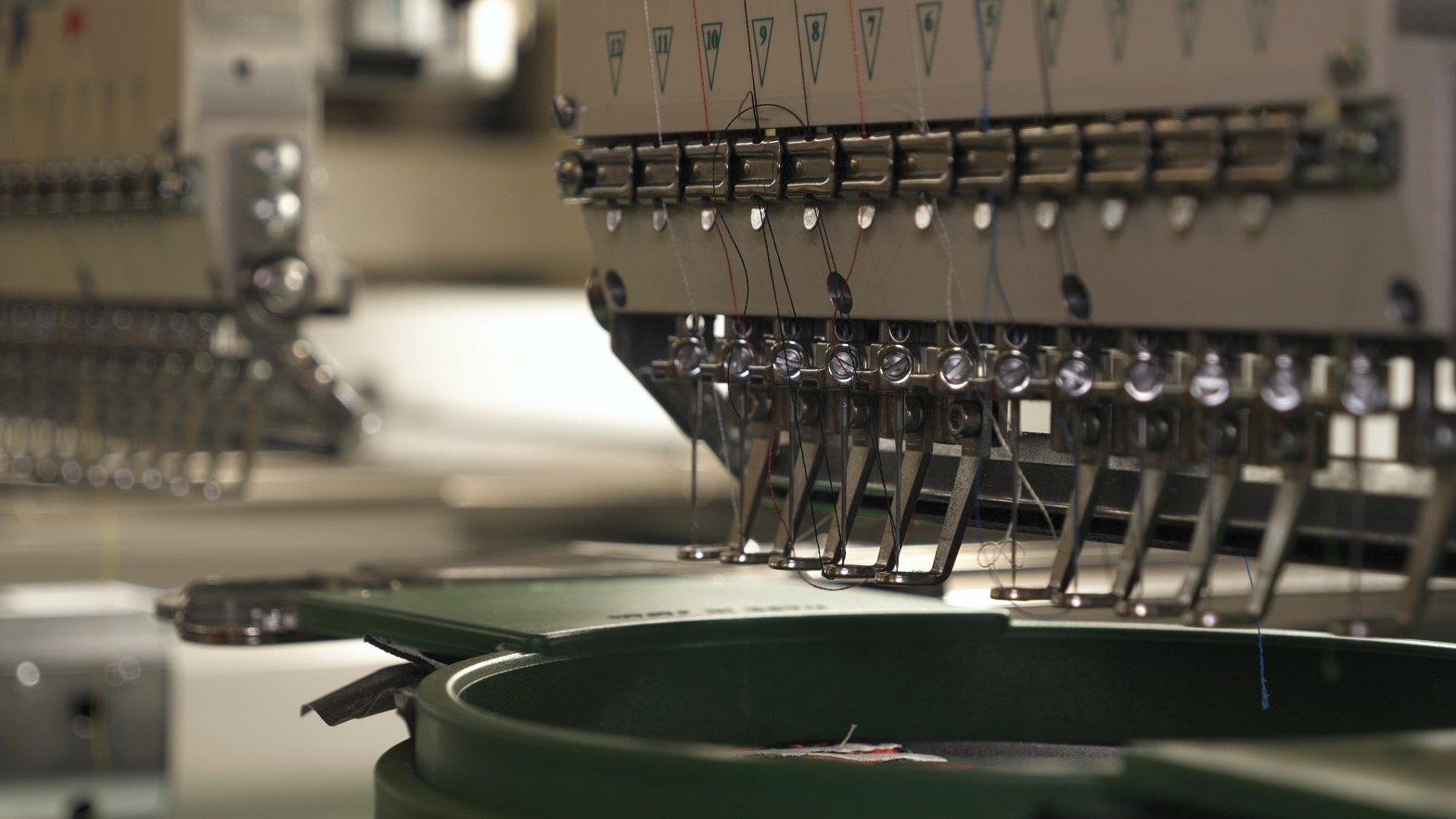There is no doubt that the manner in which textile mills function has changed considerably in the recent years. Modernization has touched every industry in the world. Textile manufacturing plants are no exception! Machinery and software has come to be used in a large quantity. Techniques for spinning, weaving, dyeing and printing, and garment manufacture have evolved immensely in the recent years.
A number of machines are available for the textile industry. In fact, there are machines for almost every stage of textile manufacture. Some companies make use of all the machineries and make their units fully automated. On the other side, there are some companies that make use of only a limited amount of machineries. They are semi-automated textile manufacturing units. Both have their pros and cons.
Initially, man only made use of hands in order to make clothes. Gradually, he started making use of paddles in order to manufacture clothes easily and quickly. Later on, motors started to be employed in the production of clothes. Mills and units started employing machines in order to produce garments. Semi-automated mills largely rely on human efforts, while fully automated plants employ machines to do the same.
Semi-automated units were present in large numbers during the industrial revolution. They were efficient and increased the overall productivity. They are largely found in the developing countries like India and China in modern times. Majority of cotton mills, covering plants, wool mills, garment factories, man-made factories of fur, and trade goods inspection units in such countries are semi-automated.
Textile manufacturing units can make use of machineries at all the stages possible. This will reduce their overall expenditure as they won't need to employ laborers in order to carry out such tasks. High speed machines are available in modern times that can accomplish such tasks quickly and efficiently. Manufacturers in developing countries generally stick to employing laborers or machines running on paddles for such work.
This is not the case in developed countries, though! USA and European countries largely have fully automated textile plants for the manufacture of textile clothing. This is because the problems of inconsistency and manual errors are minimized with their use. Besides, the units can also save costs as there would hardly be any need to appoint laborers. The tasks will be carried out with least human intervention.
According to Mr. S Chakrabarty, Secretary General, Textile Machinery Manufacturers' Association (India), "There is no such thing as a fully automated textile unit. The need for human intervention will always remain. It can be on a supervisory level. In the various stages of production of a textile, different types of machines can be used. This will help reduce contamination and increase productivity in textile plants. "
No doubt, fully automated textile manufacturing units have their own disadvantages. A loose bolt or a short circuit can cause major confusions. If the machineries adopted are not of a good quality, the initial investment done on them may prove futile. Complete automation may lead to the manufacture of boring prints and styles that can be easily found anywhere else. Besides, it will lead to loss of jobs in the country.
But it can be said that fully automated textile manufacturing units will do good to the country, overall. It will make the work of the employees inside the plant easy. Since the work completes quickly and systematically with the help of machines, there will be little room left for inaccuracies. Handicrafts and garments from semi automated textile manufacturing units prove to be costlier as compared to that from fully automated units.
Some textile manufacturing units prefer to remain semi automated. This is owing to the fear of investing heavily in the beginning. But this investment only yields better returns in the future. The need for fully automated textile manufacturing units is increasing globally. It will improve the prevailing condition of the global textile industry. Machines and automation should be used as far as possible in mills and manufacturing units.
References:
- Padmaabalaji.com
- Wikipedia.org








Comments